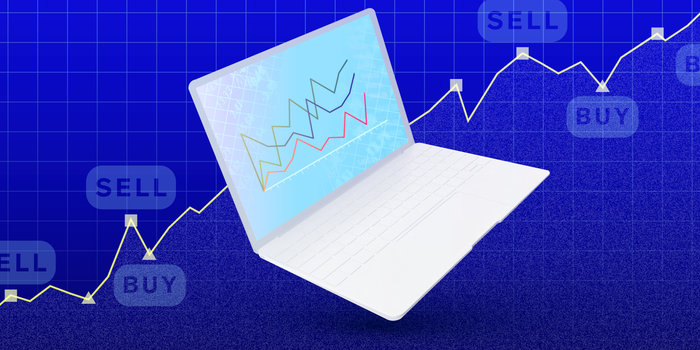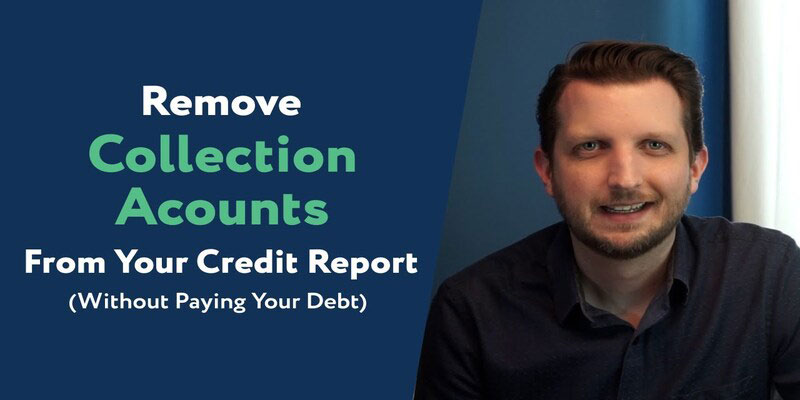Best Recommendations to Help You Construct A Diverse Investment Portfolio
Apr 16, 2023 By Triston Martin
A collection of several assets that, when combined, have the effect of lowering an investor's overall risk profile is known as a diversified portfolio. Owning stocks from various businesses, nations, risk profiles, and other assets such as bonds, commodities, or real estate is an example of diversification. An investor's risk of suffering a permanent loss of wealth and their diversified portfolio volatility can be mitigated by the combined effects of their numerous assets. The profits that an investor might expect from a diverse portfolio are often lower than the returns they could obtain if they successfully selected a single winning stock. You will learn how to build a diversified portfolio in this article.
Strategies that May Assist You in Diversifying Your Portfolio
The idea of diversification is not a recent one. With the benefit of hindsight, we can analyze the gyrations and responses of the markets when they began to falter during the the.com bubble burst, the Great Recession, and the COVID-19 Recession.

It is essential to remember that investing is an art form, not a reflex and that the best time to practice disciplined investing with a diverse portfolio is before diversity becomes an absolute must. When the typical investor finally "reacts" to the state of the market, 80 percent of the damage has already been done. In this market, more so than in most others, the most effective defense is a strong attack. Investors with a well-diversified portfolio with a time horizon of at least five years should be able to weather most storms.
The following are suggestions on how to build a diversified stock portfolio:
Share The Good Fortune
Although stocks provide many potential benefits, you should invest only some of your money in a single company or industry. Consider starting your virtual financial instrument by purchasing shares in a few firms you are familiar with, trust, and regularly purchase from.
How to build a diversified stock portfolio using etfs ?Yet, stocks are only one of the items that should be considered. You might also put your money into exchange-traded funds (ETFs), real estate investment trusts, or commodities (REITs). Furthermore, limit yourself to something other than your home turf all the time. Go outside the box and think on a global scale. By doing things this way, you'll reduce the overall risk you take, which may result in greater potential profits.

Many argue that investment in what you know will leave the ordinary investor too excessively retail-oriented, yet knowing a firm, or utilizing the goods and services of the company, can be a healthy & wholesome approach to this area of the market.
Even with this, you should avoid the error of going beyond what is reasonable. You must limit yourself to a portfolio that can easily be managed. When you need more time or money to keep up with everything that's going on, investing in a hundred various kinds of automobiles is not worth it. Make it a goal to restrict the number of investments between 20 and 30.
Think About Bond And Index Etfs
How to build a diversified etf portfolio? You could diversify your portfolio by including index funds and fixed-income funds. Buying assets that mirror an assortment of indices is a great way to spread your portfolio's risk over time. By diversifying your portfolio with fixed-income options, you can protect yourself from the ups and downs of the market. Bond market index funds seek to replicate the performance of market-wide benchmarks rather than making sector-specific investments.
Another advantage is that these funds often have cheap costs. The result is a monetary windfall for you. Due to the low overhead, these funds have low administration and operational costs.
Index funds' passive management style is one possible downside. More efficient markets might make passive investment satisfactory despite its low cost. For example, fixed-income markets may benefit from active management, particularly during economic uncertainty.
Maintain The Construction Of Your Portfolio.
Maintain a consistent rate of growth for your investment portfolio. You should utilize dollar-cost averaging if you have $10,000 to invest. This strategy is utilized to assist in leveling out the peaks and troughs produced by market volatility. By putting the same amount of money for more than a period, as this tactic recommends, you may reduce the risk associated with your investments. You can also learn about how to build a diversified mutual fund portfolio and how to build a diversified crypto portfolio.
Only with dollar-cost averaging do you choose a specific portfolio of assets and put a set amount of money into it every month. If you use this strategy, you will buy more shares of the company's stock when the price of the stock is low, and you will buy less shares of the company's stock when the share price is high.
Bottom Line
In the end, diversification boils down to acknowledging that the future is uncertain and adopting measures to shield oneself from the effects of that uncertainty. Reviewing your investment portfolio regularly guarantees that your long-term strategy stays on track and that you don't have your objectives dependent on just one or two assets.





